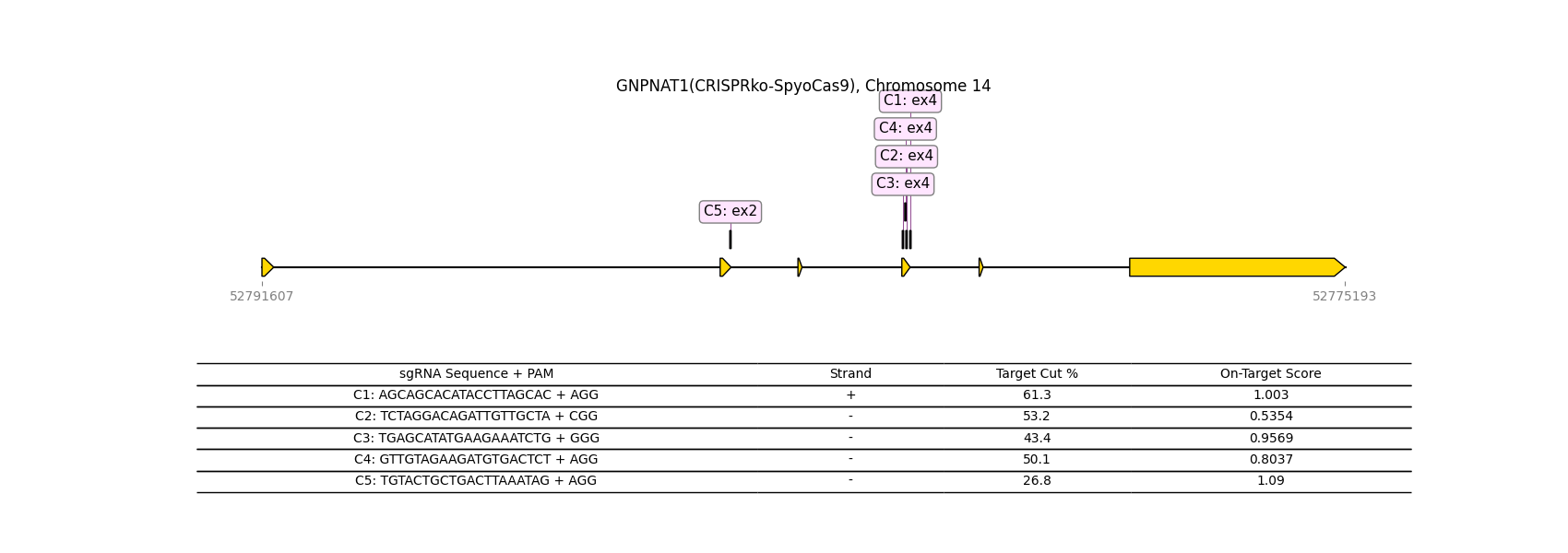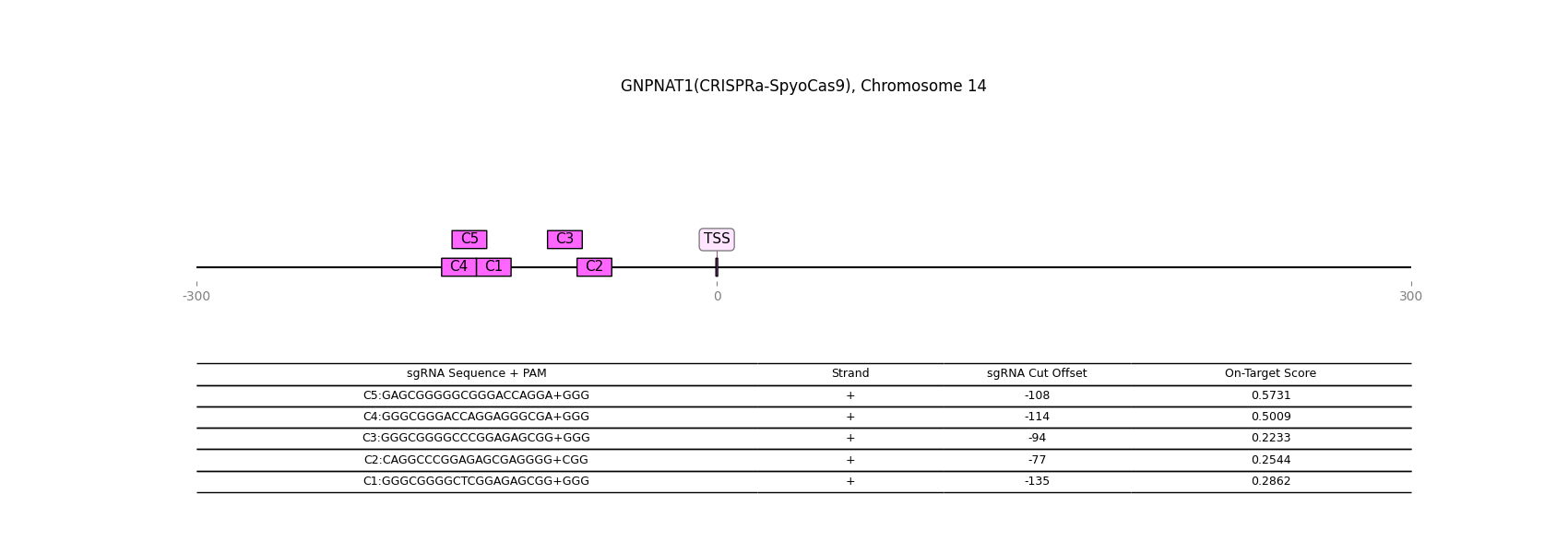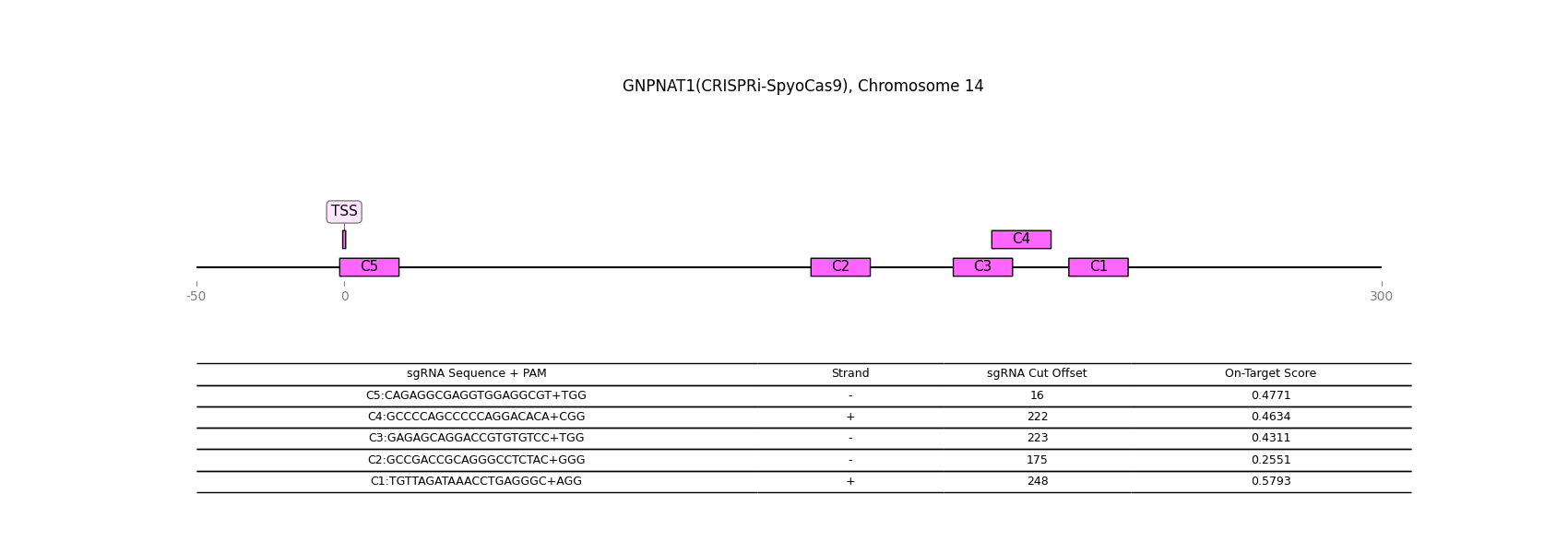Gene Details: GNPNAT1
1 / 1
General Information
Gene Name: GNPNAT1 (Glucosamine 6-phosphate N-acetyltransferase)
Synonym: GNA1
Short Names:
Alternative Names: Phosphoglucosamine acetylase;Phosphoglucosamine transacetylase;
Notes:
- Converts glucosamine 6 phosphate to N-acetylglucosamine 6 phosphate in the hexosamine biosynthesis pathway.
Description from Dr.Glyco-GPT:
Warning: LLMs can generate factually incorrect information, as they simply predict the next word based on training data. Always verify LLM output by cross-checking with reliable sources!
Catalytic Activity

Reaction and Disease Links
EC # (IUBMB):
2.3.1.4
Brenda:
2.3.1.4
KEGG: 64841
Rhea:
10292
Reactome :
R-HSA-446210
Transcript levels (Cell lines and Single cell data) URL
CRISPR-knockout

CRISPR-activation

CRISPR-inactivation

Transcription factor-gene relationship (details at glycoTF page)
Top 10 TFs
| TF | Score |
|---|---|
| TCF25 | 0.550626 |
| UBE2I | 0.546645 |
| YY1 | 0.545114 |
| SSU72 | 0.544857 |
| SNRNP70 | 0.534454 |
| NONO | 0.532256 |
| SUMO1 | 0.527452 |
| ATF4 | 0.525759 |
| FXR1 | 0.525267 |
| PHB2 | 0.523787 |
Licensing: CC BY 4.0. You are fee to copy, redistribute, remix, transform and build upon all material, except for textbook figures from the Essentials.